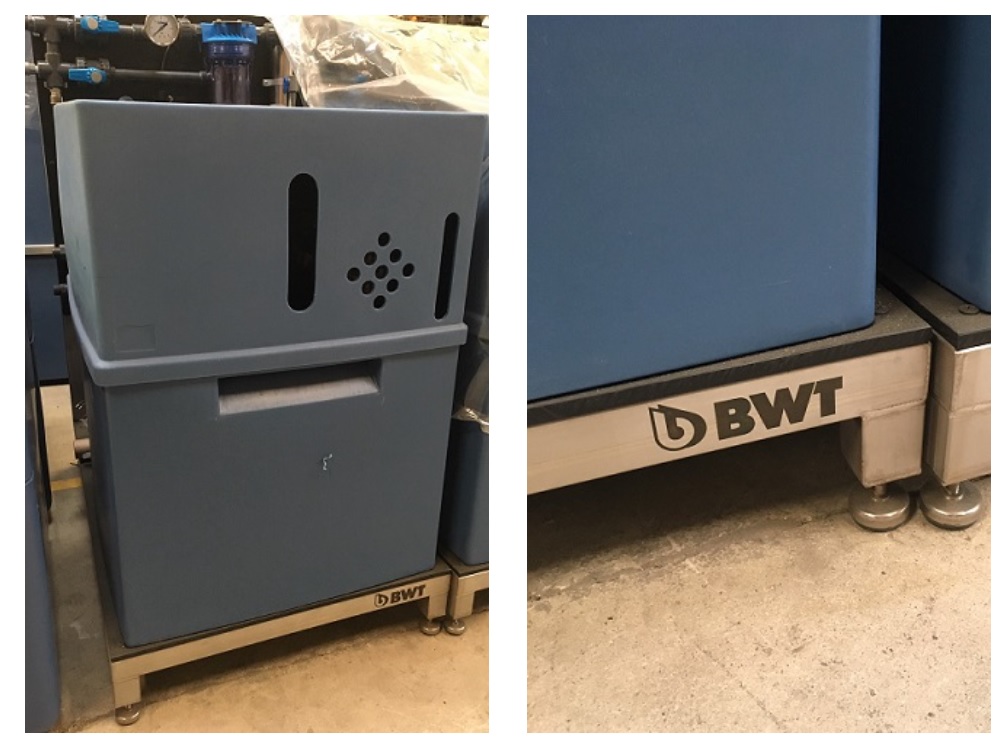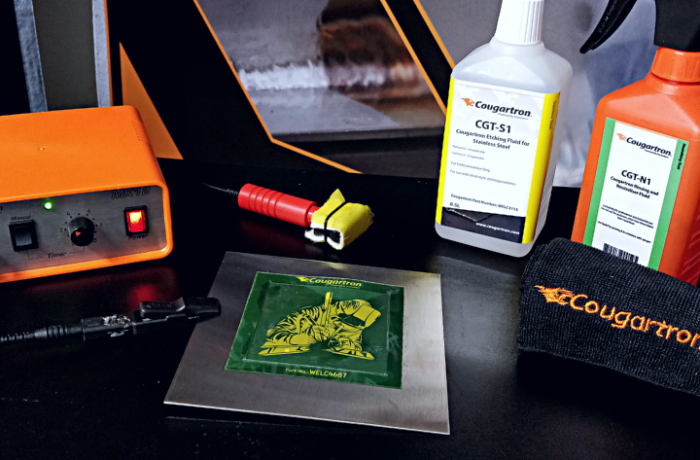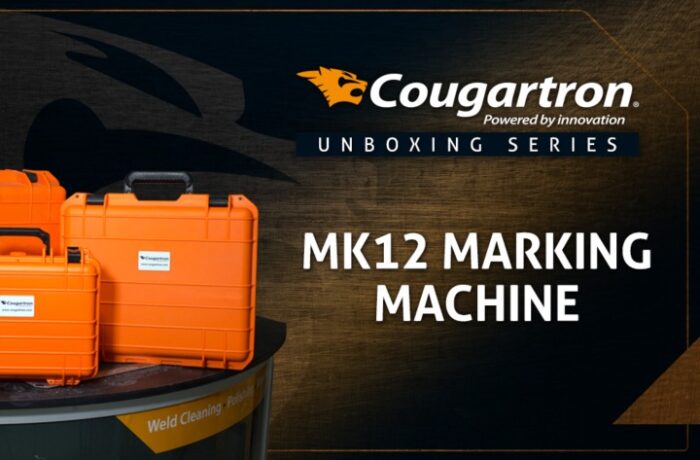Application of Electrolytic Marking and Etching in Different Industries
Marking & Etching | Thursday, 11 April 2019
Marking and labeling of metal parts, components, and finished products – how and why?
Identification and tracking of metal parts and components within the supply chain is necessary for several important reasons.
First and foremost, a proper insight into the product’s origin supports the legitimacy of business transactions and provides the basis for effective functioning of legislative mechanisms.
Legal regulations vary slightly when it comes to different industries and markets. However, proper labeling of parts and products is an internationally accepted and adopted practice. Naturally, the rules are enforced more fiercely when it comes to products that can directly affect the safety and well-being of people.
Most labels contain some or all of the following information – serial numbers, codes, logos (branding), company, and product details.
Labeling Vs Metal Marking
When discussing different labeling practices, simple (self) adhesive dry peel labels is what first comes to one’s mind. Still, there are a number of different solutions available today – both simple and more complicated. For example, plastic vinyl labels are harder to produce but are also more durable and resilient.
However, even the most durable labels can hardly withstand harsh conditions that are prevalent in a lot of modern industries. In this case, permanency is the name of the game.
Therefore, vital product information has to be transferred directly onto the (metal) surface.
This process is called marking and is widely used in the metalworking sector where both parts and finished products are exposed to high temperatures and other unfavorable conditions.
As we explained here, electrolytic marking has been shown to be more advantageous than similar marking techniques when we consider such factors as cost, functionality, work flexibility, speed and the quality of output.
Naturally, all this is somewhat relative when we take into account various production needs and requirements across different industries.
Here is a quick summary of the main benefits associated with this method.
Electrolytic Marking – Main Benefits
- Portable and affordable equipment
- Permanent and clear marking results
- Suitable for both marking and etching
- Fast and simple and safe process
- Usable on most conductive metal surfaces
Electrolytic marking application in different industries
- Aviation
The marking of aircraft (and their components) is strictly prescribed and regulated by law. Markings have to be visible at all times and, depending on their position, contain important data such as serial numbers and relevant builder’s information.
Since aircrafts are constantly exposed to extreme weather (wind and low temperatures), it is important that the marks are resistant and durable so as not to succumb to such conditions. Therefore, the use of ordinary labels is fairly impractical.
In contrast, electrolytic marking provides long-lasting results that do not fade easily in harsh atmospheric conditions.
- Food & Pharmaceutical
Similar to the aviation industry, there are strict regulations regarding the existence of clear marks and designations on equipment used during the production of food and medicine.
However, this industry is much more delicate as the products are intended for human consumption. Therefore, any type of contamination in the production line is completely unacceptable. In this scenario, it is clear that labels (often containing glue) are not a suitable solution. Additionally, they can peel off and thus pose a significant threat to product safety.
Electrolytic marking, on the other hand, produces markings that do not pose a risk of cross-contamination.
- General Fabrication
Industrial fabrication implies the manufacture of metal machines and structures through processes such as welding, cutting, machining, and different types of metal assembly.
Most of these activities are extremely labor-intensive and are done in harsh industrial environments where it’s almost impossible to protect your equipment and metal parts from physical damage and the influence of heat, moisture, dirt, and dust. It is clear from the get-go that simple labels do not work in such conditions.
First, of foremost, they are easily damaged and difficult to clean properly.
On the other hand, markings done using the electrolytic method are durable, resistant, and long-lasting. In fact, it is almost impossible to remove them without significantly damaging the metal surface first.
- Other sectors
In addition to the aforementioned industries, electrolytic marking provides a number of benefits in a wide range of other industrial sectors. Some of the prominent examples are shipbuilding and the energy industry.
Since it produces marks that are highly resistant to external influences, the electrolytic method is suitable wherever there are severe atmospheric conditions and rigid working conditions.
Best of all, it is equally valuable to both large corporations and smaller fab shops.
Due to the simplicity of the process and the affordability of the equipment, electrolytic marking has found its place among hobbyists as well. Bladesmithing and metal sculpting are just some of the areas where this technique provides remarkable results.

Cougartron MK12 Marking System
Having explained the advantages of the electrolytic marking method, it’s time to introduce the absolute champion among the machines in this category.

Cougartron MK12 is our practical marking system for stainless steel, mild steel, aluminum, brass, copper, zinc, titanium, and all other conductive metal surfaces.
Lightweight yet compact, this machine provides an outstanding performance on- and off-site, which adds an extra dose of flexibility to your work process.
But let’s see what some of our satisfied customers have to say about the machine:
Rick Bishop, Owner of Ricks Welding Service, LLC (Baltimore, Maryland)
“Having the MK12 has greatly expanded my company capabilities and provides true branding on all products. Options in business create multiple revenue streams, so the MK12 used alongside the InoxPower can set you apart from the competition. The portability of the machines are my favorite part! Incredibly lightweight, user friendly setup and limited footprint.”

Ralf Vinskov, Production & Logistics | Production Manager at BWT Denmark
“We bought it because we thought it was a smart and simple way to get the logo on our frameworks for water treatment systems. We use it primarily on racks for industrial use. It is quick and easy to use and it is an easy way to apply a ‘private label’. “

Jerzy Pyka, CEO of SODA PLUS SP. Z O.O. (Poland)
“We are importers and producers of gastronomic equipment. We have successfully used the MK12 for the past two years to mark logos on our products. Before implementing the electrochemical marking method, we used self-adhesive stickers. This wasn’t satisfactory because the stickers were easy to remove and the costs were relatively high. The MK12 helped us to reduce costs as we don’t have to purchase the stickers anymore and, most importantly, we achieved full repeatability and better quality when marking logos on our (gastronomical) equipment. The MK12 marking machine has several direct advantages. It is very easy to use and provides consistent high-quality results. I recommend MK12 to anyone looking for an electrochemical marking machine.”


 English
English  English (US)
English (US)  German
German  Danish
Danish  Swedish
Swedish  French
French  Polish
Polish  Spanish
Spanish 

